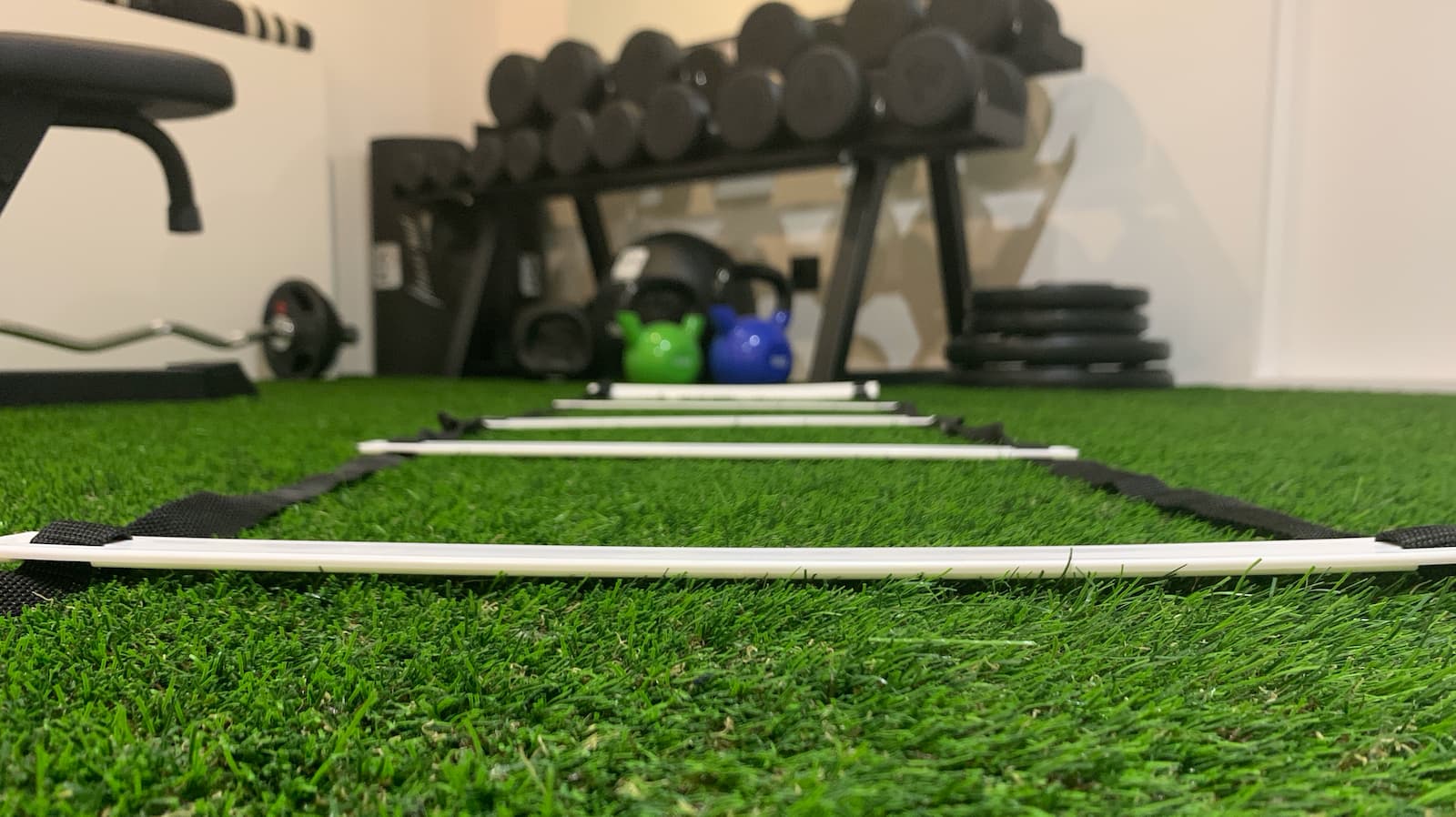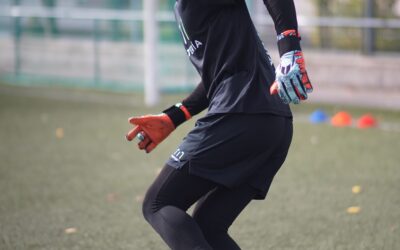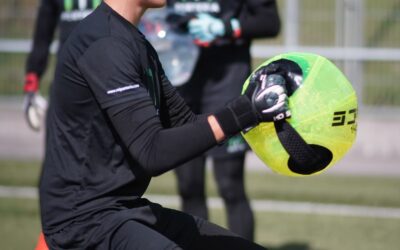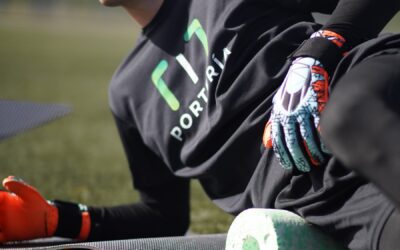[vc_row][vc_column][vc_column_text]It is clear that sports evolve over time along with training methods and equipment we use to improve the athlete’s performance.
When we see a football goalkeeper training session, we notice a great change in the way of training during the last years. This is partly due to contributions of professionals like José Sambade, who proved the importance of strength training associated to reaction speed. Before Sambade there was a common belief that the only way to improve the quantity of strength was by working with very heavy loads. Sambade, along with other experts like Luis Llopis, has developed lots of pitch drills to improve strength and today are practised by many goalkeeping coaches.
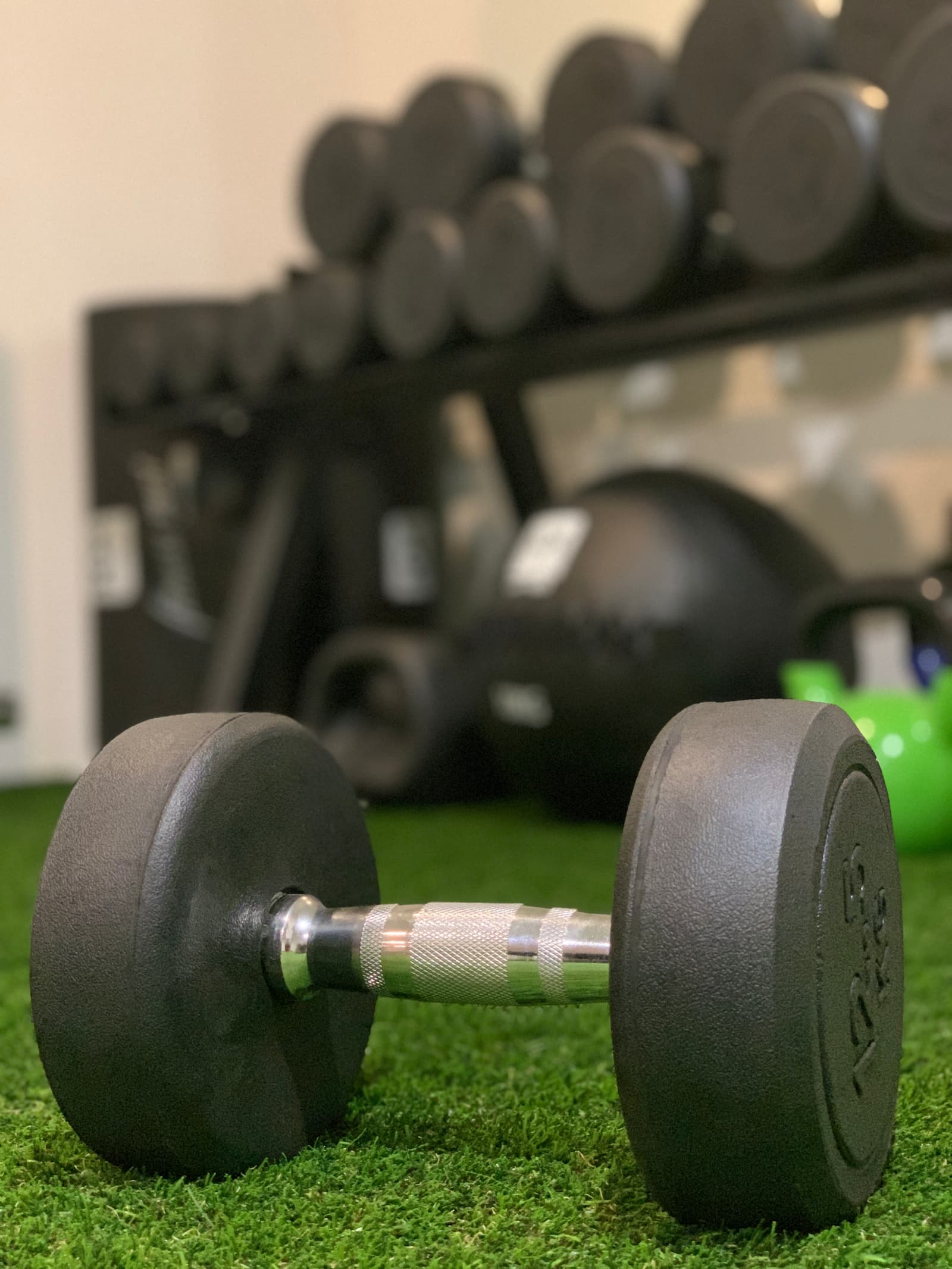 Despite those great training improvements, strength specific training for the football goalkeeper still follows a traditional training approach, in many cases due to lack of knowledge by goalkeeping coaches and strength and conditioning coaches. From our point of view, focusing exclusively on this kind of training is a mistake since we will be not able to reach maximum performance for the goalie. We also think combining traditional strength training in the gym in order to improve reaction speed in the pitch is a mistake too. For instance, many coaches still use exercises like squats as one of the main pillars in their coaching sessions, where the only important goal is to achieve maximum propulsive power. But the truth is that goalkeepers rarely perform bipodal propulsions to produce symmetric strength in their legs. The type of muscular contraction in most actions has not a preload eccentric phase due to time limitation of the execution of the movement…
Despite those great training improvements, strength specific training for the football goalkeeper still follows a traditional training approach, in many cases due to lack of knowledge by goalkeeping coaches and strength and conditioning coaches. From our point of view, focusing exclusively on this kind of training is a mistake since we will be not able to reach maximum performance for the goalie. We also think combining traditional strength training in the gym in order to improve reaction speed in the pitch is a mistake too. For instance, many coaches still use exercises like squats as one of the main pillars in their coaching sessions, where the only important goal is to achieve maximum propulsive power. But the truth is that goalkeepers rarely perform bipodal propulsions to produce symmetric strength in their legs. The type of muscular contraction in most actions has not a preload eccentric phase due to time limitation of the execution of the movement…
What is more important is not to increase force production, but the ability of applying force at the right time. A good example is that the goalkeeper who jumps the most in a Squat Jump session does not normally need to be the one who jumps the most when saving crosses. This is because in real action the goalie is moving, and he/she must jump in motion to save the crossing. The muscles involved in this task are acting differently and coordinating to perform properly; in addition, the goalkeeper must analyse the external environment (rivals, ball…) while executing the movement and perform small adjustments during the execution. Hence the differences between jumping in tight spaces situations and jumping in wide spaces situations. So, the best way to improve the goalkeepers’ strength is by improving coordination. It is particularly important to understand and train intramuscular and inter-muscular coordination properly. This kind of training will improve the goalie’s performance much more than other approaches focused on the improvement by physiological ways, such as hypertrophy training.
In the same way, this theoretical-practical knowledge of strength training based on coordination will help us to understand that not all muscles work the same. Some provide stability, others provide strength, others help transfer strength through the body… Therefore, we cannot train all the muscles as if they were the same. For instance, concentric – eccentric step-ups to improve the strength of the muscle of the sural triceps in order to improve the jumping to save crosses, is a long way from understanding how these muscles really work in sports movement: not only are we not going to get any improvement, but we can also have negative consequences on performance.[/vc_column_text][vc_empty_space height=”52px”][vc_column_text]
STRENGTH TRAINING FOR SURAL TRICEP
https://vimeo.com/538145039[/vc_column_text][vc_empty_space height=”52px”][/vc_column][/vc_row][vc_row][vc_column][vc_column_text]Using coordination as approach to improve strength does not imply to ignore other methods that will also improve goalkeepers’ performance. If we include specific workouts aimed at improving the goalie ability to withstand loads, it will help to boost his/her performance. We must not forget that we have to be able to coordinate this kind of training with the daily pitch training of the goalkeeper. Everybody with a little experience as a goalkeeping coach knows that any workout that requires great mechanic demand, as too much load workout or eccentric overload workout, can hinder later performance in the football field because of muscle fatigue, even can cause injury to the goalie.
Do you want to know the causes, symptoms and treatments of overtraining for football goalkeepers?
https://www.miporteria.com/es/sobreentrenamiento-en-la-porteria-causas-sintomas-tratamiento/
We know from experience that including isometric and high-level isometric-dynamics workout can be very useful to improve the ability of withstand loads. These exercises complement coordination workout because they are much easier to execute and do not interfere with daily training, since they do not cause high levels of stress.
 Another of the rather important changes during these years is the importance of the training of the different movement levels in which the goalkeeper must perform, by attaching great importance to the development of the improvement of the production of horizontal forces. Production of strength on a vertical plane used to be the main aim of all training programmes for goalkeepers. The demand of these types of exercises for training sessions has been so big, that even recent studies show the excess of accelerations and decelerations, even an excess of high-intensity volume of distance compared to the matches demands. This causes a dangerous overload, increasing the risk of injury due to poor planning.
Another of the rather important changes during these years is the importance of the training of the different movement levels in which the goalkeeper must perform, by attaching great importance to the development of the improvement of the production of horizontal forces. Production of strength on a vertical plane used to be the main aim of all training programmes for goalkeepers. The demand of these types of exercises for training sessions has been so big, that even recent studies show the excess of accelerations and decelerations, even an excess of high-intensity volume of distance compared to the matches demands. This causes a dangerous overload, increasing the risk of injury due to poor planning.
For the same reason, goalkeepers’ energy needs, due to work-pause ratio, make unnecessary any work aimed at the improvement of strength-endurance. Therefore, long-lasting drills or excessive sets without pauses will not help our goalies to improve. The knowledge of physical needs will help us to better adjust our planning, choose the drills properly, choose the right number of reps… and also will help us to adapt to the variations of the different game style. For instance, a team whose back four usually plays forwards, will need actions with more high-intensity metres travelled.
As a conclusion, just as was done years ago when the way of training in the pitch changed, a deeper knowledge of how to train the goalkeepers’ strength mainly focused on the improvement of intramuscular and inter-muscular coordination will allow us to train the strength of the goalkeepers, achieving great improvements compared to usual training today.[/vc_column_text][/vc_column][/vc_row]
